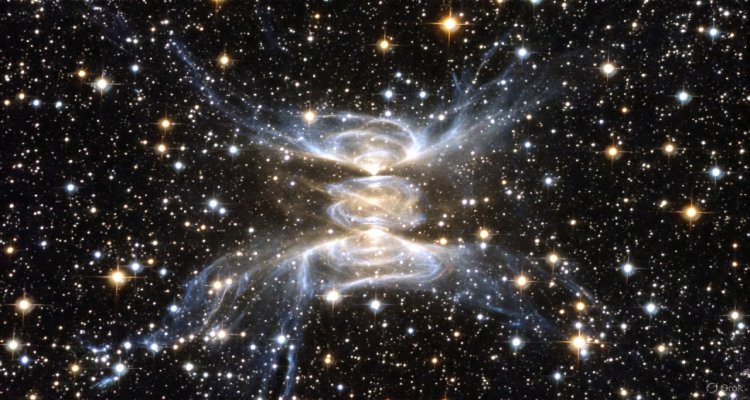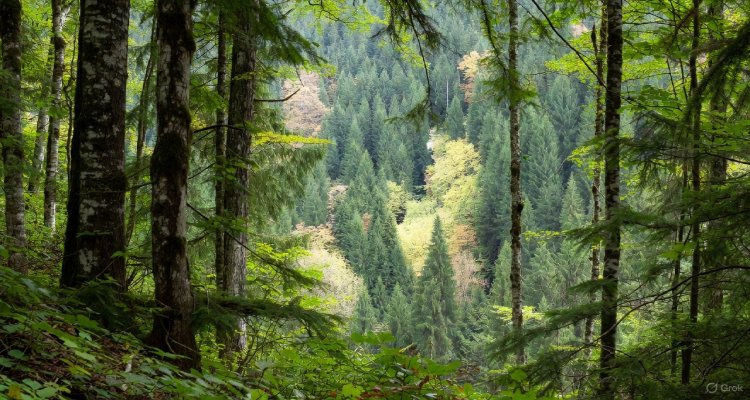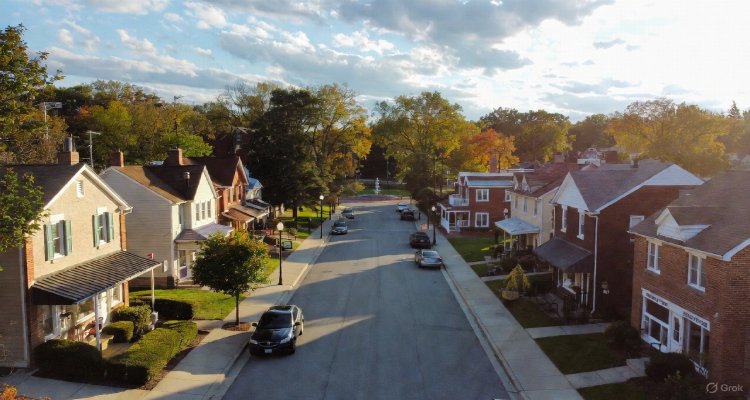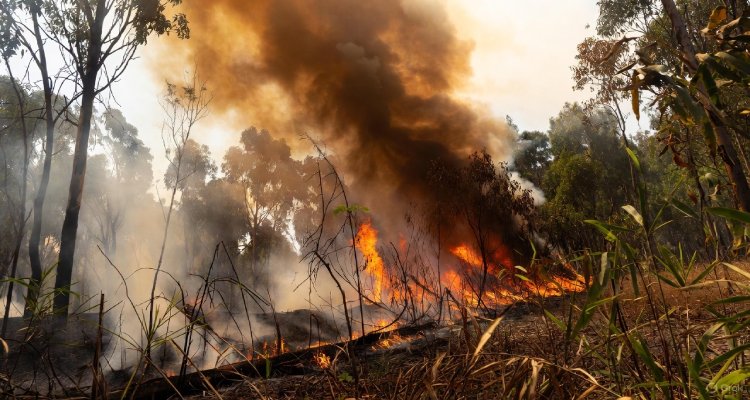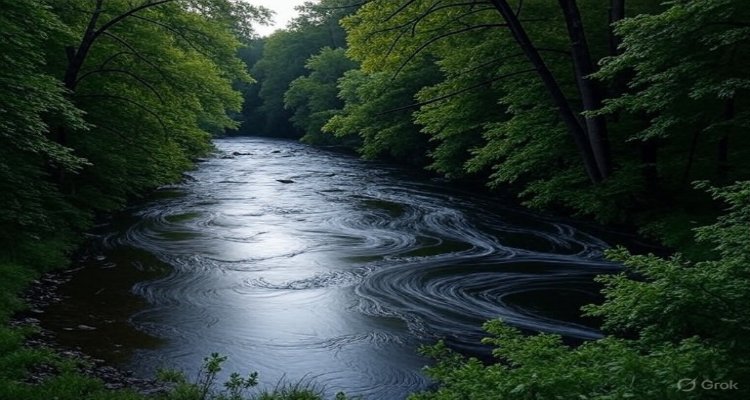When Rivers Reverse: The Rare Event That Baffles Scientists
A rare natural phenomenon causes rivers to reverse their flow, leaving scientists intrigued and ecosystems transformed. Here’s what’s behind this baffling event.
Introduction: Nature’s Unexpected Rewind
On a warm afternoon in the Amazon Basin, a group of fishermen stopped mid-row, staring in disbelief as the river’s current began flowing in the opposite direction. Nets tangled, boats swayed awkwardly, and the surface rippled unnaturally. Such moments—when rivers reverse—are among the rarest and most puzzling events in nature. For centuries, this phenomenon has left locals awestruck and scientists searching for answers.
Context & Background: Not Just a Folktale
The idea of a river reversing its flow might sound like a legend, but historical records confirm it’s a genuine, measurable event. In 1811, parts of the Mississippi River temporarily reversed course during the massive New Madrid earthquakes. More recently, the Chicago River was famously engineered to reverse in 1900 to protect the city’s water supply.
However, unlike human-made interventions, natural reversals are far more mysterious. They can be triggered by extreme weather events, tidal forces, or sudden geological shifts. In the Amazon, for example, the Solimões River can reverse during seasonal floods caused by massive rainfall and tidal surges from the Atlantic Ocean.
Main Developments: What Happened and Why It Matters
In recent months, scientists have documented unusual river reversals in multiple parts of the world—from Canada’s Mackenzie River to India’s Ganges tributaries. The causes varied:
- Storm Surges & Tidal Forces – In coastal areas, powerful ocean tides pushed upriver, overpowering the natural downstream flow.
- Glacial Meltwater Surges – In the Arctic, rapid ice melt altered water pressure and temporarily changed flow direction.
- Earthquakes & Landslides – Sudden ground shifts displaced massive water volumes, creating backflow conditions.
These reversals don’t just change the direction of water—they disrupt ecosystems, affect transportation, and threaten drinking water supplies.
Expert Insight: The Science Behind the Switch
“Reversals are a perfect storm of physics and geography,” says Dr. Elena Martínez, a hydrologist at the University of Cambridge. “They happen when an external force—whether tidal, seismic, or atmospheric—exceeds the river’s own gravitational flow.”
Local residents often describe the event in awe. “It was like the river inhaled,” recalls Manuel Rodriguez, a boat operator in northern Brazil. “For hours, it felt like nature was holding its breath.”
Scientists are now using satellite imaging and flow sensors to better predict reversals, but they remain difficult to forecast because they depend on multiple, overlapping variables.
Impact & Implications: Nature and Humans in the Balance
When a river reverses, the effects ripple far beyond the banks:
- Ecosystems: Fish migration patterns are disrupted, sediment distribution changes, and nutrient flows shift unexpectedly.
- Communities: Drinking water can become contaminated when saltwater intrudes upstream.
- Infrastructure: Bridges, docks, and dams may experience unexpected strain due to altered water pressure.
Some experts warn that climate change—by intensifying storms, accelerating ice melt, and altering rainfall patterns—could make such reversals more frequent.
Conclusion: Nature’s Reminder of Power and Mystery
A river’s reversal is more than a scientific curiosity—it’s a reminder that even the most constant forces of nature are subject to change. As climate patterns shift and extreme events become more common, these rare phenomena may hold critical clues to our planet’s changing balance.
For now, they remain one of nature’s most dramatic ways of showing that nothing flows forever in one direction.
Disclaimer: This article is intended for informational purposes only and is based on publicly available research and expert commentary. It should not be considered a substitute for scientific analysis or official environmental reports.






